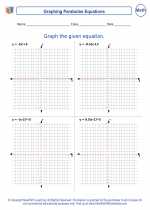Nonlinear Functions and Set Theory -> numbers
Numbers Study Guide
Whole Numbers
Whole numbers are the numbers 0, 1, 2, 3, 4, and so on. They do not include fractions or decimals.
Natural Numbers
Natural numbers are the numbers 1, 2, 3, 4, and so on. They do not include 0 or negative numbers.
Integers
Integers are the set of whole numbers and their negative counterparts, along with zero. For example, -3, -2, -1, 0, 1, 2, 3, and so on.
Rational Numbers
Rational numbers are numbers that can be expressed as a fraction, where the numerator and the denominator are both integers and the denominator is not zero. For example, 3/4, -2/5, 6, and -9 are all rational numbers.
Irrational Numbers
Irrational numbers are numbers that cannot be expressed as a fraction. Their decimal representations go on forever without repeating. For example, the square root of 2 (√2) and π (pi) are irrational numbers.
Real Numbers
Real numbers include all rational and irrational numbers. They can be plotted on the number line and used in all mathematical operations.
Prime Numbers
Prime numbers are numbers greater than 1 that have only two factors: 1 and the number itself. For example, 2, 3, 5, 7, and 11 are prime numbers.
Study Tips
- Practice identifying different types of numbers using number lines and examples.
- Memorize the first few prime numbers to quickly identify them in various problems.
- Work on simplifying fractions and understanding the relationship between rational and irrational numbers.
[Numbers] Related Worksheets and Study Guides:
.◂Math Worksheets and Study Guides Seventh Grade. Nonlinear Functions and Set Theory

 Worksheet/Answer key
Worksheet/Answer key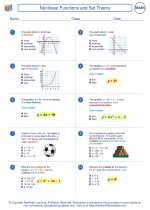
 Worksheet/Answer key
Worksheet/Answer key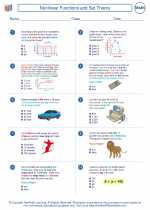
 Worksheet/Answer key
Worksheet/Answer key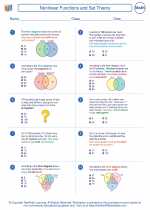
 Worksheet/Answer key
Worksheet/Answer key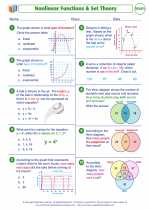
 Worksheet/Answer key
Worksheet/Answer key